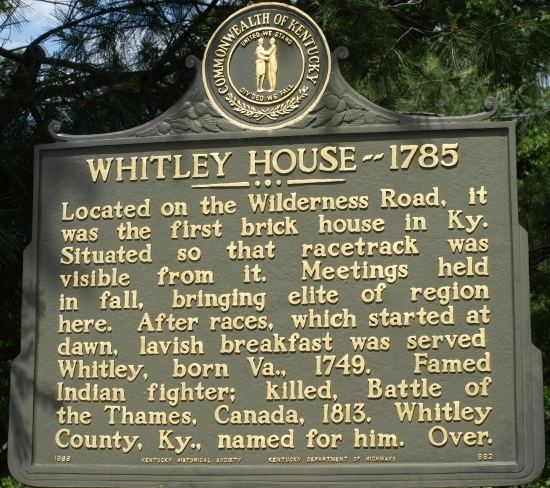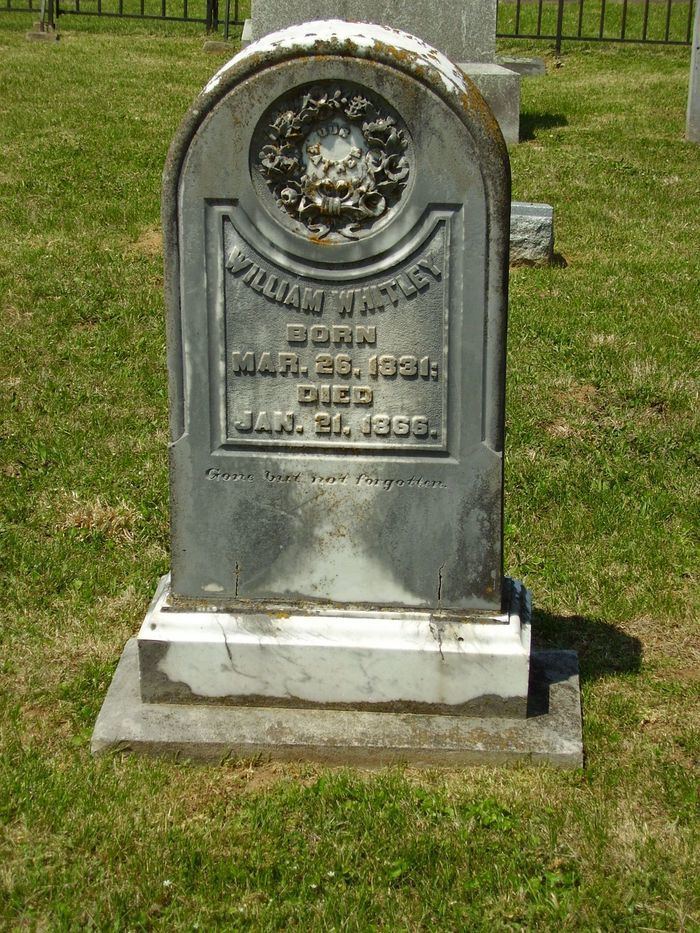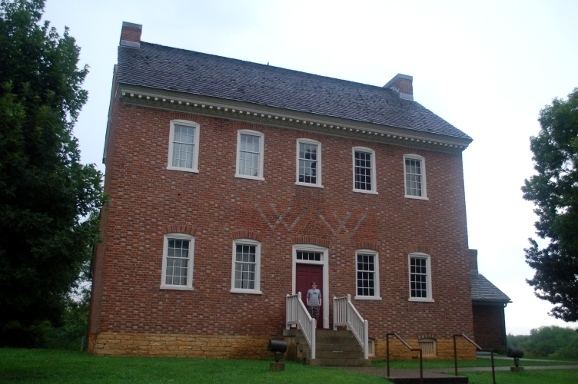Name William Whitley | ||
 | ||
William whitley house kentucky life ket
William Whitley (August 4, 1749 – October 5, 1813), was an American pioneer. He was important to the early settlement of the U.S. Commonwealth of Kentucky and fought in the War of 1812.
Contents
- William whitley house kentucky life ket
- William whitley 4 dc lvl 6 18 s rippling side window with hairtrick
- Settlement in Kentucky
- Military career
- Family
- Theatrical portrayal
- Legacy
- References

William whitley 4 dc lvl 6 18 s rippling side window with hairtrick
Settlement in Kentucky

Shortly after his marriage, Whitley began to talk with his wife about moving to the western frontier. When she approved this pursuit, he organized an expedition with his brother-in-law, George Clark.[b] Shortly after their departure, they met another party of seven pioneers; the two parties combined and continued with their expedition. After scouting a location near a branch of the Dix River called Cedar Creek, they returned to Virginia to prepare their families for a permanent relocation. The families left Virginia in November 1775. Upon their arrival, Whitley planted 10 acres (40,000 m2) of corn to establish his claim to the land. Then, he and his family moved to the safety of the fort of St. Asaph's (present day Stanford, Kentucky).

Dissatisfied with the protection afforded by St. Asaph's (a complete stockade having not yet been erected), Whitley's family and the family of Benjamin Logan further removed to the protection of Fort Harrod near present-day Harrodsburg, Kentucky. It was during this time that Whitley saw the mutilated body of William Ray. Whitley would remark many years later when he dictated his memoirs to his son-in-law, Phillip Soublett, that Ray's body was the first time he had ever seen a man scalped. This mutilation remained indelibly etched into Whitley's perception of Indian brutality for the remainder of his life. Later on, in 1779, Whitley discovered the mutilated bodies of the Starneses near Blue Lick (south of Boonesborough, Kentucky) and documented the find. There is a plaque on the courthouse in Williamsburg, crediting Colonel Whitney with killing the last Indian in Whitley County.
Military career

Whitley volunteered for service in George Rogers Clark's expedition against Indians in the Northwest Territory. He was assigned to Captain John Montgomery's Company which accompanied George Rogers Clark's forces. Whitley would scalp many natives during his career as a militia leader and frontiersman. By 1779, Whitley had returned for his family and permanently settled on the land he had claimed years earlier.

By the 1790s, as the settlement at St. Asaph's began to expand into the town of Stanford, William Whitley and his family built a large brick house outside town, near what would later become Crab Orchard, Kentucky. The estate was named Sportsman's Hill. It was the first brick house built in Kentucky and still stands, preserved as the William Whitley House State Historic Site. The house includes a secret passage for escape and survival during raids by Native Americans, and originally included a racetrack. This racetrack set several traditions for horse racing in the United States. It had the first clay (instead of turf) track in the United States and raced horses counterclockwise (instead of clockwise, as was the British tradition).

In 1792, Isaac Shelby, the newly elected governor of Kentucky, commissioned Whitley as a major in the 6th Regiment of the Kentucky militia. He was promoted to lieutenant colonel the following year. In 1794, he led 200 militiamen in a highly successful raid against a Chickamauga village in Tennessee.

In 1797, he served a single term in the Kentucky House of Representatives. He also represented Lincoln County as a commissioner of the Kentucky River Company in 1801. In 1813, at the age of 64, he volunteered in the Kentucky Mounted Infantry for service in the War of 1812. In the Battle of the Thames, on October 5, 1813, he led the "Forlorn Hope" charge against Tecumseh's forces. Both Tecumseh and William Whitley were killed in the battle. There is much evidence from primary accounts that Whitley, and not Richard Johnson, was likely the person who slew Tecumseh. In his 1929 autobiography, "Single Handed,", James A Drain, Sr. gives a detailed account by Col. Whitley's grand daughter in which Whitley and Tecumseh killed each other simultaneously. He was buried near the battleground, in Chatham, Ontario. His horse, Emperor, who had one eye and two teeth shot out during the charge, his powder horn, strap and rifle were returned to his wife in Kentucky. The rifle is currently on display at the William Whitley House State Historic Site.
In 1818, Whitley County, Kentucky, and its county seat, Williamsburg, were named for him. In 1838, Whitley County, Indiana, was named after him. In addition, the census-designated place Whitley City, Kentucky, is named after Whitley. The Andromeda-class attack cargo ship USS Whitley was named in honor of the counties in Kentucky and Indiana which were named in honor of Col. Whitley himself. Whitley was also the grandfather of William L. Sublette, co-owner of the Rocky Mountain Fur Company with Jedediah Smith and David Edward Jackson and member of the original fur-trapping contingent Ashley's Hundred.
Family
William and Esther Whitley had eleven children, all of whom survived to maturity.
These were:
- Elizabeth (Mrs. Robert Stevenson) b Augusta, Virginia 1772, d Huntsville, Alabama 1830.
- Isabella (Mrs. Phillip Sublette), b Virginia about 1774, d Kentucky about 1820. Phillip and Isabella's first born son, William, was the famous mountain man and fur trader, Bill Sublette, who rose to fame in the far west and has vast sections of Wyoming named for him.
- Levisa (Mrs. James McKinney), b Harrodsburg, KY February 24, 1777. Moved to Missouri.
- Solomon, b Kentucky 1770, moved to Missouri.
- William, b Kentucky, Apr 20. 1782, d Lincoln Co., KY August 23, 1849.
- Andrew, b Kentucky 1784, d Lincoln Co. 1844.
- Esther (Mrs. Samuel Lewis), b 1786, d Woodford Co. 1815.
- Mary (called Polly), (Mrs. James Gilmour), b Kentucky 1788, moved to Illinois, later to Colorado and Oregon.
- Nancy (Mrs. John Owlsey), b 1790, d prior to 1820 near Crab Orchard.
- Sally (Mrs. Henley Middleton), b 1792, d 1845 near Crab Orchard.
- Ann (Mrs. William Harper), b 1795, d Woodford Co., Ky after 1879.
William Whitley was the son of Solomon Whitley and Elizabeth Barnett, emigrants from Ireland who settled in Augusta County, Virginia. He was the oldest of four sons and is thought to have had five sisters as well. William Whitley was killed at the Battle of the Thames, Lower Ontario, October 5, 1813.
His wife, Esther died at the home of her daughter, Ann Harper, in Woodford County, Kentucky, November 20, 1833.
Theatrical portrayal
Since 2006, Whitley has been theatrically portrayed by Matt Bryant of Mount Vernon, Kentucky at the William Whitley House State Historic Park and elsewhere. Bryant also played the role of Whitley in the theatrical documentary William Whitley: Guardian of the Kentucky Road which was produced by That's Just Muggs Productions.
Legacy
Things named for William Whitley include:
